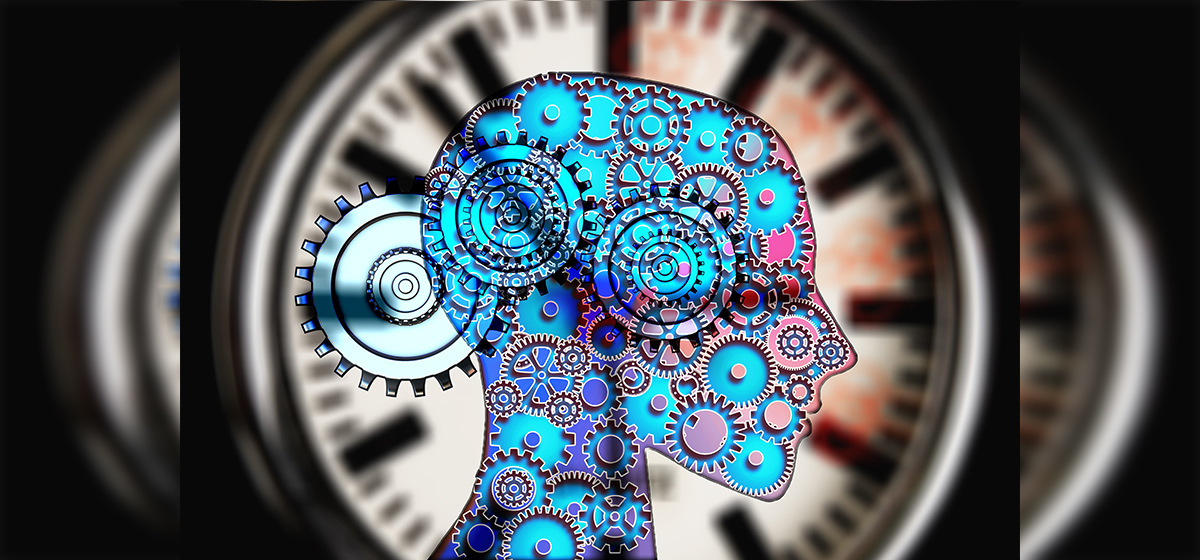
OR
Opinion
Emotional Buying: Theories of Psychology
Published On: August 11, 2021 07:15 AM NPT By: Suravi Regmi


Suravi Regmi
The author is a BBA graduate in Marketing from Kathmandu College of Management and a former Marketing Manager for MIC Youths.news@myrepublica.com
Emotions are the byproducts of human psychology that drive buyers from their homes to shops and marketplaces. Buyers are in one way or the other taking initiatives to achieve desired states of emotion through products and services. Hence, products and services contain emotional elements.
Psychology is an idea that evokes human behavior which is stimulated unconsciously inside human minds. When sensory neurons transmit signals to the brain, consequently the hypothalamus (a region at the base of the brain) gets activated which develops emotions of pain and pleasure. The evolution of psychology has unclogged the path to commercial transactions which explains the sense of emotional belongingness amongst the market players. The notion of emotional amplification is aptly relatable in the context of consumer marketplaces where the consumer choices in a great deal assist in studying the buying behavior of specific types of individuals.
Psychology, which encompasses the notions of feelings and thoughts, is concerned with determining how a specific human will react in specific situations.
It is important to study a few mantras of psychology that aid in understanding the dynamics of marketplace transactions.
The Power of Words
Whenever a prospective buyer listens to radio or reads a newspaper advertisement about an iPod, the content spoken or written there enters the short-term memory. As the series of reading or listening to the same advertisement continues, the content is recorded in the long-term memory. Subsequently, the buyer visits shops, takes glances at various products, recalls that very iPod he read or heard of in the advertisement, and closely examines that product. Once, that buyer overturns the pack from side to side, the person might relate the words of the sentence spoken by the influencer in that advertisement or displayed in the newspaper which could be, "Jerk it out" and the buzz word 'Jerk' might remind him of the built-in speakers causing sound vibrations. Finally, that buyer evaluates the product in terms of sound quality (accessible hardware and software producing identical sound with or without headphones), durability (7-8 years), and features (calendar, contacts, audio/video playback) and decides to purchase it. The final decision reflects the feelings and thoughts of emotionally satisfied buyers.
The Reasoning of Cognitive Dissonance
The condition of cognitive dissonance arises when an individual belief contradicts the statutory information written on product packs or in advertisements. This controversial state of inconsistent human sentiment results in reconciling the differences in human behavior shaped by conflicting beliefs and the information exposed on the product.
For smokers, generally, smoking is an activity of enjoyment during their leisure time, and they don't mind buying two to three packets of cigarettes daily. The statutory fact is often broadcast on television and newspaper commercials about the negative impacts of smoking. Although smokers are aware that smoking is harmful to the lungs and causes cancer, they keep on smoking believing that it may help them get relief from physical and mental pain. If an aware individual may try to rehabilitate a smoker stressing the real-life instances of the harmful consequences of smoking, then the dissenting belief of that smoker might be changed. Lung cancer is a major type of cancer that explains cigarette smoking that accounts for 90% of all occurrences. According to Reuters, every year, it kills 1.2 million individuals. Lung cancer affects about 10% to 15% of smokers.
Theory of Motivation
Abraham Maslow developed a concept with a pyramid diagram in 1962 quoting five types of hierarchical needs on the essence of the human-psychology framework. These needs are divided in the order of human priorities: physiological (survival), safety, love, esteem, and self-actualization.
In the form of physiological needs, buyers primarily prioritize food (staple diet such as rice, pulse, vegetables). Then, they move on towards fulfilling safety needs like clothing (like branded or locally made dresses) and shelter (rental housing or apartments). However, wealthy buyers might spend on luxurious cars (like BMW) or motorbikes (like Harley Davidson) to showcase their posh status. Eventually, individuals also desire to develop emotional closeness with their friends, romantic partners as well as family and relatives to achieve love/self-esteem needs. In the end, when all these four criteria of needs are achieved, individual steps toward the zone of self-actualization needs. Self-actualization practitioners are those meditation gurus who are free from any kind of emotional prejudices and express their sense of morality to yoga and meditation learners. All these preceding needs in a way revolve around emotional make-ups within buyers.
Emotions are the byproducts of human psychology that drive buyers from their homes to shops and marketplaces. Buyers are in one way or the other taking initiatives to achieve desired states of emotion through products and services. Hence, products and services contain emotional elements. Studies completed by neuroscientists have indicated that people whose brains are damaged in the regions that generate emotions are incompetent of making decisions. This concept makes us realize that all humans cannot be as logical as a mathematician whose calculations give a hundred percent accuracy. Of course, the human mind can solve mysteries but it can also create disturbance and imbalance if not taken care of.
You May Like This

Confrontation from hell
Any major military assault in Iran could result in an uncontrollable regional inferno. Both Iran and the US have good... Read More...

Emotion of Notre Dame
Paris was not burning, but its emotional heart was. What’s more, this gigantic fire was live on prime-time news ... Read More...

Rage and reason
We need to bring around every actor from the plains as well as the hills to agree on some basic... Read More...




Just In
- NEPSE nosedives 19.56 points; daily turnover falls to Rs 2.09 billion
- Manakamana Cable Car service to remain closed tomorrow
- Nepal govt’s failure to repatriate Nepalis results in their re-recruitment in Russian army
- Sudurpaschim: Unified Socialist leader Sodari stakes claim to CM post
- ED attaches Raj Kundra’s properties worth Rs 97.79 crore in Bitcoin investment fraud case
- Newly-appointed Auditor General Raya takes oath
- CM Mahara expands Cabinet in Lumbini Province
- FinMin Pun addresses V-20 meeting: ‘Nepal plays a minimal role in climate change, so it should get compensation’















Leave A Comment